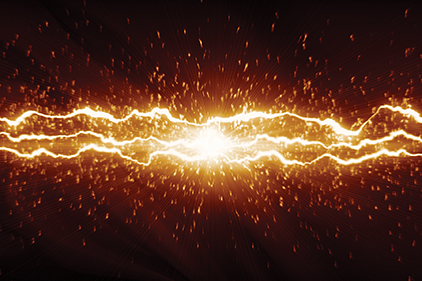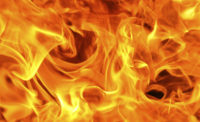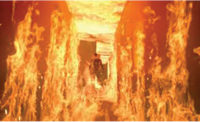Concern ratchets up
Background: According to a 2014 survey conducted by Littelfuse, Inc., 85 percent of the 825 survey respondents agree or strongly agree that arc-flash mitigation is important. According to Littlefuse, just ten years ago arc flash danger wasn’t a top-of-mind concern for many safety and health professionals. Before OSHA updated its arc flash protection standards, 29 CFR 1910.269 and 1926 Subpart V for construction in April, 2014, its rule for protecting employees from the hazards of electric arcs was simply to not wear clothing that would increase the severity of a burn (FR 20460). The new rule clearly establishes requirements protecting electrical workers from electrical arc hazards. As with all OSHA-required PPE analyses, protection requirements and level of protection are based on a risk analysis. The updated standards state that employees facing exposures exceeding 2 cal/cm2 must wear arc protective equipment to prevent burns. Appendix E of 29 CFR Parts 1910 and 1926, Electric Power Generation, Transmission, and Distribution; Electrical Protective Equipment, provides guidance on how to select clothing that does not ignite; how to select protective clothing with an acceptable arc rating; and when the standard requires arc-rated head and face protection.
According to the IEEE, the need for the initiative is evident in the many reports on arc flash phenomena. The U.S. Department of Labor and Electricite de France, for instance, cite arc flash as causing an inordinate number of electrical worker deaths and serious injuries. One major corporation found that up to 80 percent of its electrical injuries involve thermal burns due to arcing faults.
Searching for $5 million in funds
Already, the initiative has received $1.25 million in contributions from industry. Major donations have been received from Underwriters Laboratories, Inc. ($500,000), Bruce Power ($500,000), and Hydro One Networks, Inc. ($250,000). An additional $5 million is needed to fully fund the IEEE/NFPA Arc Flash Collaborative Research and Testing Project. Electrical utilities, process industries, equipment manufacturers, professional associations, safety-related agencies, insurers and others concerned with the safety of electrical workers are being asked to contribute to the project.
The IEEE/NFPA Arc Flash Collaborative Research and Testing Project plans more than 2,000 test protocols to establish a deeper understanding of arc flash and arc blast phenomena, especially in areas not researched before. The project will measure thermal energy transfer from these phenomena, as well as effects such as pressure and sound waves, shrapnel, the toxicity of gases released, and energy radiated at infrared, visible, ultra-violet, x-ray and other wavelengths. It also will look at how enclosures affect the energy released in an arcing fault.
Data from the project will enable the IEEE to expand IEEE 1584™, “Guide for Performing Arc Flash Hazard Calculations”, which helps designers and operators determine arc flash hazard distance and energy exposure. The project also will help NFPA enhance NFPA 70E, “Standard for Electrical Safety in the Workplace.” NFPA 70E provides guidelines in such areas as training, hazard evaluation, work conditions and personal protective clothing.




